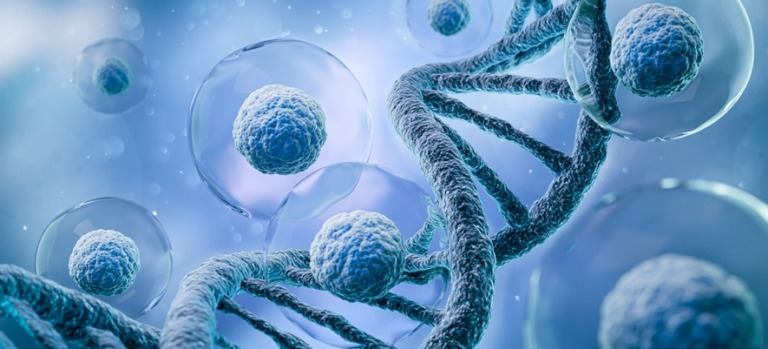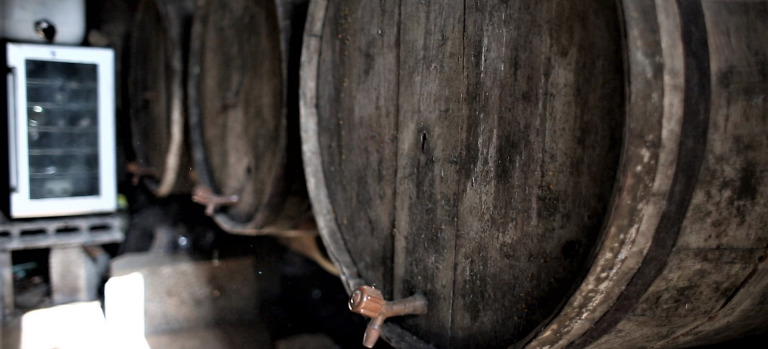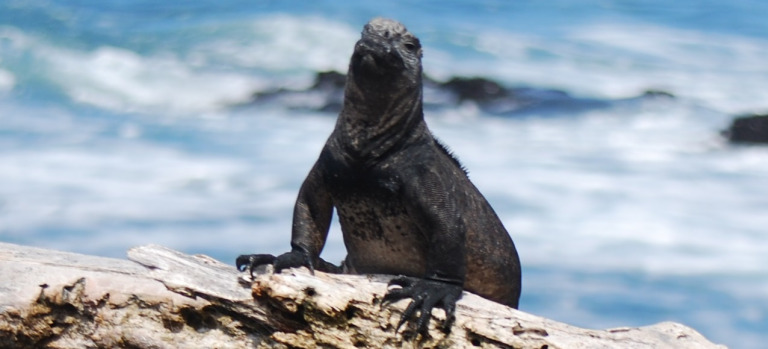Biotecnología de Macromoléculas
En un escenario donde la resistencia a los antibióticos alcanza niveles críticos a nivel mundial, nuestra investigación se alinea de manera integral con el enfoque One Health. Nos enfocamos en el desarrollo de macromoléculas con aplicaciones terapéuticas, cosméticas, agroalimentarias y fitosanitarias, abordando la problemática desde una perspectiva interdisciplinaria que reconoce la interconexión entre la salud humana, animal y ambiental. La búsqueda de compuestos antimicrobianos se realiza minuciosamente a partir de fuentes naturales, asegurando no solo la eficacia contra las resistencias bacterianas, sino también la sostenibilidad ambiental y la prevención de la generación de nuevas resistencias. A través de esta perspectiva integral, aspiramos a ofrecer soluciones que aborden los desafíos actuales en el ámbito de la resistencia a los antibióticos, contribuyendo así a la preservación de la salud global y del medio ambiente.

Presentación
La resistencia a los antibióticos está aumentando a niveles peligrosamente altos a nivel mundial. Nuestra investigación pretende desarrollar macromoléculas de interés terapéutico, cosmético, agroalimentario y/o fitosanitario. Para ello buscamos nuevos compuestos antimicrobianos a partir de fuentes naturales, que sean respetuosos con el medio ambiente, biodegradables, económicamente rentables y que no generen resistencias. Particularmente, estudiamos los mecanismos de defensa inmunitaria en animales y otros seres vivos altamente expuestos a patógenos y realizamos un análisis de su potencial biotecnológico. Nuestros proyectos de investigación se basan en la aproximación “One Health” y en temáticas multidisciplinares enfocados hacia la generación de conocimiento y la transferencia de tecnología. Nuestro reto es la producción de nuevos agentes antimicrobianos rentables y escalables industrialmente.
Líneas de investigación
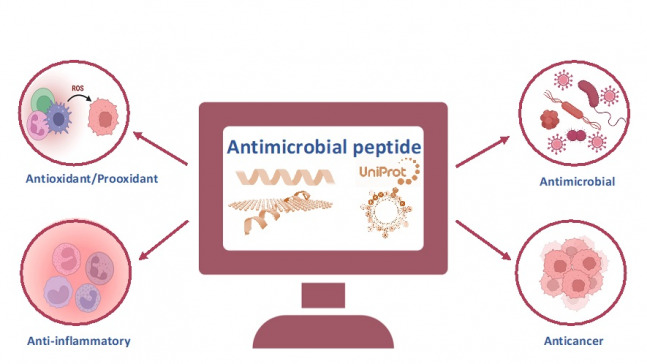
Péptidos antimicrobianos como alternativas a los antibióticos convencionales
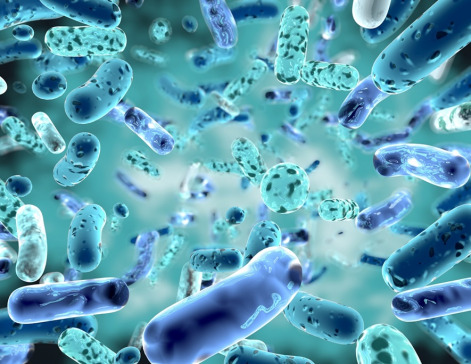
Desarrollo de plataformas terapéuticas avanzadas
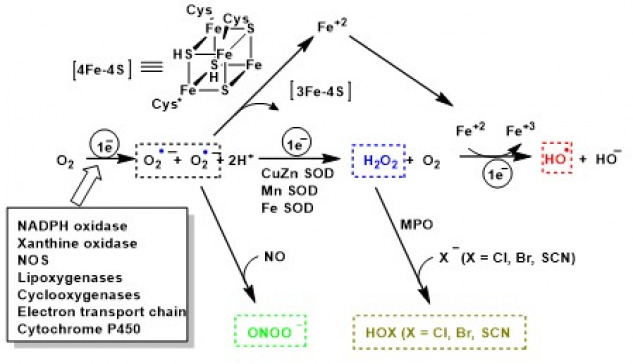
Regulación del hierro y el equilibrio redox en procesos infecciosos

Desarrollo y aplicaciones de anticuerpos IgY en terapias anti-infecciosas
Formación
Estudio in silico e in vitro de péptidos antimicrobianos de murciélagos
Actividad in vitro e in silico de cinco péptidos solapantes procedentes de un péptido antimicrobiano
Evaluación de la actividad antimicrobiana de dos catelicidinas en presencia de iones metálicos
Evaluación de la actividad antifúngica de sustancias básicas sobre el crecimiento y germinación de Botrytis cinerea
Rendimiento y actividad en patógenos, de inmunoglobulina Y, de yema de huevo de gallina y codorniz
Estudio in silico e in vitro de péptidos antimicrobianos de cetáceos
Caracterización y aplicación biomédica de catelicidinas de reptiles
Búsqueda y estudio de Catelicidinas de aves Psittaciformes. Posibles aplicaciones biotecnológicas
Financiación
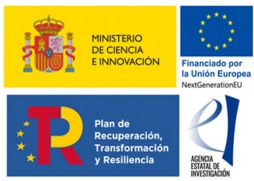
Caseinolytic Protease P (ClpP) Agonists: Small Molecules with a New Mechanism of Action for the Treatment of Multidrugs Resistant Bacterial Infections
En Ejecución

Agricultura de Precisión para la Mejora de la Producción Vitícola en la Macaronesia (APOGEO)
El proyecto APOGEO está liderado por la ULPGC y en él participan universidades, entidades públicas y empresas de Canarias, Madeira y Azores. APOGEO trata de la monitorización inteligente de...
Finalizado
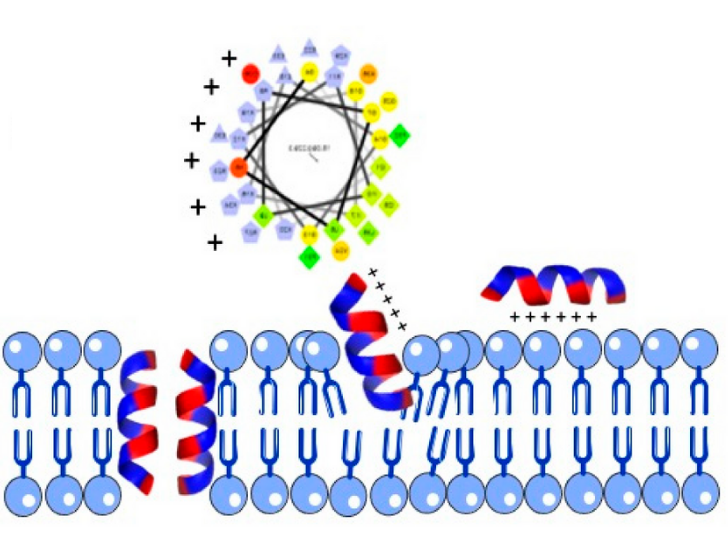
Bioprospección y biotecnología en el descubrimiento de péptidos antimicrobianos contra patógenos resistentes (ProID2020010134)
Finalizado
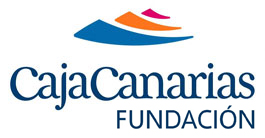
Nanotecnología para el tratamiento antifúngico poscosecha de la podredumbre gris (Botrytis cinerea)
Finalizado
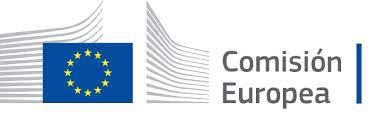
Use of IgY to reduce methane emission from rumen archaea
Finalizado
Personal
José Manuel Pérez de La Lastra
Patricia Asensio Calavia
Publicaciones
Can Immunization of Hens Provide Oral-Based Therapeutics against COVID-19?
In the current worldwide pandemic situation caused by the Severe Acute Respiratory Syndrome Coronavirus 2 (SARS-CoV-2) and the newest coronavirus disease (COVID-19), therapeutics and prophylactics are urgently needed for a large population. Some of the prophylaxis strategies are based on the development of antibodies targeting viral proteins. IgY antibodies are a type of immunoglobulin present in birds, amphibians, and reptiles. They are usually obtained from egg yolk of hyper-immunized hens and represent a relatively inexpensive source of antibodies. Specific IgY can be produced by immunizing chickens with the target antigen and then purifying from the egg yolk. Chicken IgY has been widely explored as a clinical anti-infective material for prophylaxis, preventive medicine, and therapy of infectious diseases. Administered non-systemically, IgY antibodies are safe and effective drugs. Moreover, passive immunization with avian antibodies could become an effective alternative therapy, as these can be obtained relatively simply, cost-efficiently, and produced on a large scale. Here, we highlight the potential use of polyclonal avian IgY antibodies as an oral prophylactic treatment for respiratory viral diseases, such as COVID-19, for which no vaccine is yet available.
Pérez de Lastra, José Manuel; Baca-González, Victoria; Asensio-Calavia, Patricia; González-Acosta, Sergio; Morales-delaNuez, Antonio
Are Vaccines the Solution for Methane Emissions from Ruminants? A Systematic Review
Ruminants produce considerable amounts of methane during their digestive process, which makes the livestock industry as one of the largest sources of anthropogenic greenhouse gases. To tackle this situation, several solutions have been proposed, including vaccination of ruminants against microorganisms responsible for methane synthesis in the rumen. In this review, we summarize the research done on this topic and describe the state of the art of this strategy. The different steps implied in this approach are described: experimental design, animal model (species, age), antigen (whole cells, cell parts, recombinant proteins, peptides), adjuvant (Freund’s, Montanide, saponin, among others), vaccination schedule (booster intervals and numbers) and measurements of treatment success (immunoglobulin titers and/or effects on methanogens and methane production). Highlighting both the advances made and knowledge gaps in the use of vaccines to inhibit ruminant methanogen activity, this research review opens the door to future studies. This will enable improvements in the methodology and systemic approaches so as to ensure the success of this proposal for the sustainable mitigation of methane emission.
Baca-González, Victoria; Asensio-Calavia, Victoria; González-Acosta, Sergio; Pérez de Lastra, José Manuel; Morales-delaNuez, Antoni
Impact of Zinc, Glutathione, and Polyphenols as Antioxidants in the Immune Response against SARS-CoV-2
SARS-CoV-2, the coronavirus triggering the disease COVID-19, has a catastrophic health and socioeconomic impact at a global scale. Three key factors contribute to the pathogenesis of COVID-19: excessive inflammation, immune system depression/inhibition, and a set of proinflammatory cytokines. Common to these factors, a central function of oxidative stress has been highlighted. A diversity of clinical trials focused predominantly on antioxidants are being implemented as potential therapies for COVID-19. In this study, we look at the role of zinc, glutathione, and polyphenols, as key antioxidants of possible medicinal or nutritional significance, and examine their role in the antiviral immune response induced by SARS-Cov-2. An unresolved question is why some people experience chronic COVID and others do not. Understanding the relationship between SARS-CoV-2 and the immune system, as well as the role of defective immune responses to disease development, would be essential to recognize the pathogenesis of COVID-19, the risk factors that affect the harmful consequences of the disease, and the rational design of successful therapies and vaccinations. We expect that our research will provide a novel perspective that contributes to the design of clinical or nutritional targets for the prevention of this pandemic.
Pérez de Lastra, José Manuel; Andrés-Juan, Celia; Plou Gasca, Francisco José; Pérez-Lebeña, Eduardo
Bioinformatic Analysis of Genome-Predicted Bat Cathelicidins
Bats are unique in their potential to serve as reservoir hosts for intracellular pathogens. Recently, the impact of COVID-19 has relegated bats from biomedical darkness to the frontline of public health as bats are the natural reservoir of many viruses, including SARS-Cov-2. Many bat genomes have been sequenced recently, and sequences coding for antimicrobial peptides are available in the public databases. Here we provide a structural analysis of genome-predicted bat cathelicidins as components of their innate immunity. A total of 32 unique protein sequences were retrieved from the NCBI database. Interestingly, some bat species contained more than one cathelicidin. We examined the conserved cysteines within the cathelin-like domain and the peptide portion of each sequence and revealed phylogenetic relationships and structural dissimilarities. The antibacterial, antifungal, and antiviral activity of peptides was examined using bioinformatic tools. The peptides were modeled and subjected to docking analysis with the region binding domain (RBD) region of the SARS-CoV-2 Spike protein. The appearance of multiple forms of cathelicidins verifies the complex microbial challenges encountered by these species. Learning more about antiviral defenses of bats and how they drive virus evolution will help scientists to investigate the function of antimicrobial peptides in these species.
Pérez de Lastra, José Manuel; Asensio-Calavia, Patricia; González-Acosta, Sergio; Baca-González, Victoria; Morales-de la Nuez, Antonio
The Chemistry of Reactive Oxygen Species (ROS) Revisited: Outlining Their Role in Biological Macromolecules (DNA, Lipids and Proteins) and Induced Pathologies
Living species are continuously subjected to all extrinsic forms of reactive oxidants and others that are produced endogenously. There is extensive literature on the generation and effects of reactive oxygen species (ROS) in biological processes, both in terms of alteration and their role in cellular signaling and regulatory pathways. Cells produce ROS as a controlled physiological process, but increasing ROS becomes pathological and leads to oxidative stress and disease. The induction of oxidative stress is an imbalance between the production of radical species and the antioxidant defense systems, which can cause damage to cellular biomolecules, including lipids, proteins and DNA. Cellular and biochemical experiments have been complemented in various ways to explain the biological chemistry of ROS oxidants. However, it is often unclear how this translates into chemical reactions involving redox changes. This review addresses this question and includes a robust mechanistic explanation of the chemical reactions of ROS and oxidative stress.
Andrés Juan, Celia; Pérez de Lastra, José Manuel; Plou Gasca, Francisco José; Pérez-Lebeña, Euardo
Antibodies targeting enzyme inhibition as potential tools for research and drug development
Antibodies have transformed biomedical research and are now being used for different experimental applications. Generally, the interaction of enzymes with their specific antibodies can lead to a reduction in their enzymatic activity. The effect of the antibody is dependent on its narrow i.e. the regions of the enzyme to which it is directed. The mechanism of this inhibition is rarely a direct combination of the antibodies with the catalytic site, but is rather due to steric hindrance, barring the substrate access to the active site. In several systems, however, the interaction with the antibody induces conformational changes on the enzyme that can either inhibit or enhance its catalytic activity. The extent of enzyme inhibition or enhancement is, therefore, a reflection of the nature and distribution of the various antigenic determinants on the enzyme molecule. Currently, the mode of action of many enzymes has been elucidated at the molecular level. We here review the molecular mechanisms and recent trends by which antibodies inhibit the catalytic activity of enzymes and provide examples of how specific antibodies can be useful for the neutralization of biologically active molecules.
Pérez de Lastra, José Manuel; Baca González, Victoria; González-Acosta, Sergio; Asensio Calavia, Patricia; Otazo-Pérez, Andrea; Morales-delaNuez, Antonio.
Colaboraciones
- CEAMED. Tenerife.
- Hifas Innovation Hub. Pontevedra.
- Sistemas de Biotecnología y Recursos Naturales. Valladolid.
José Manuel Pérez de La Lastra

Datos de contacto
Otros grupos de investigación
Ciencias de la Vida y de la Tierra
Ciencias de la Vida y de la Tierra






